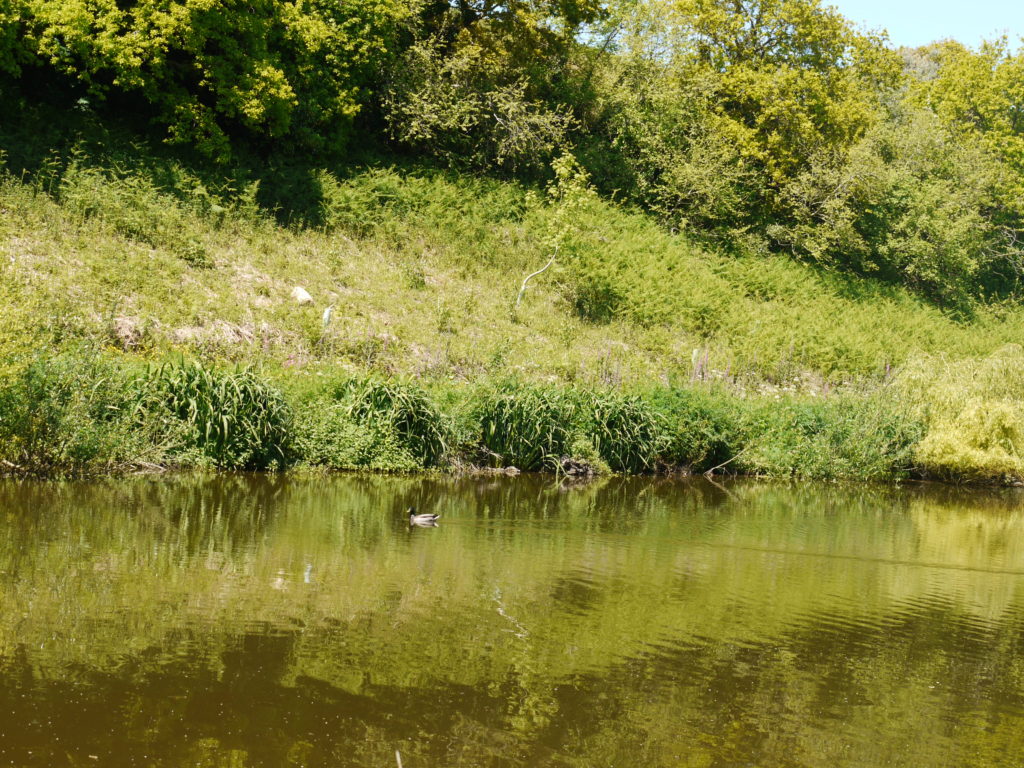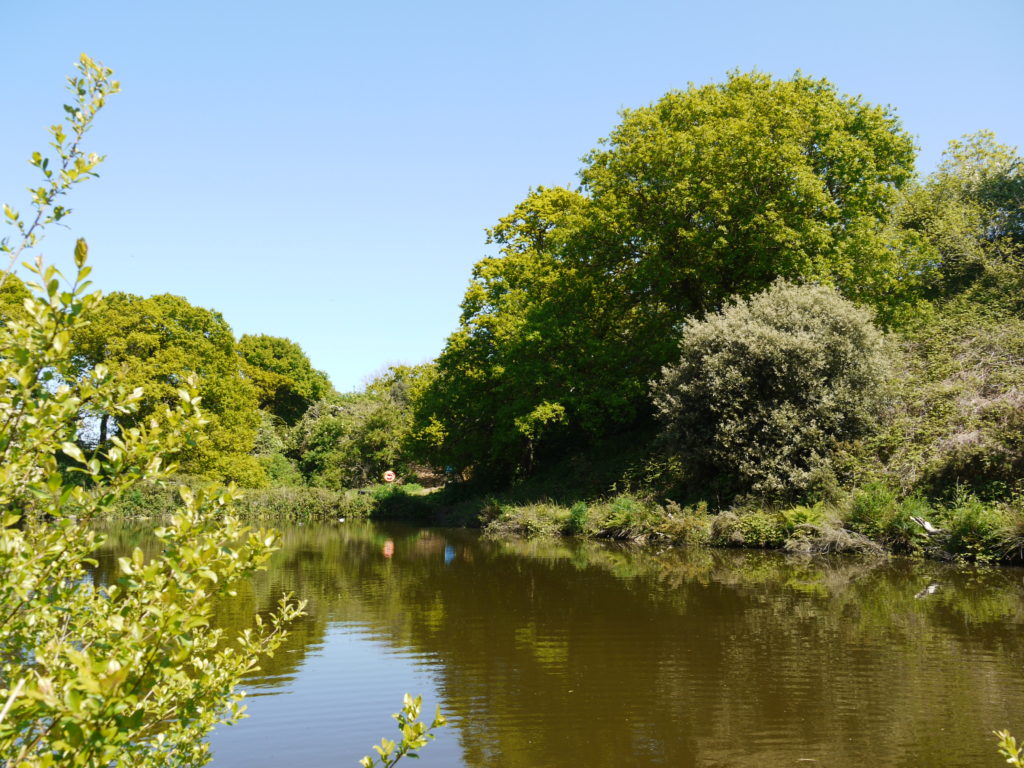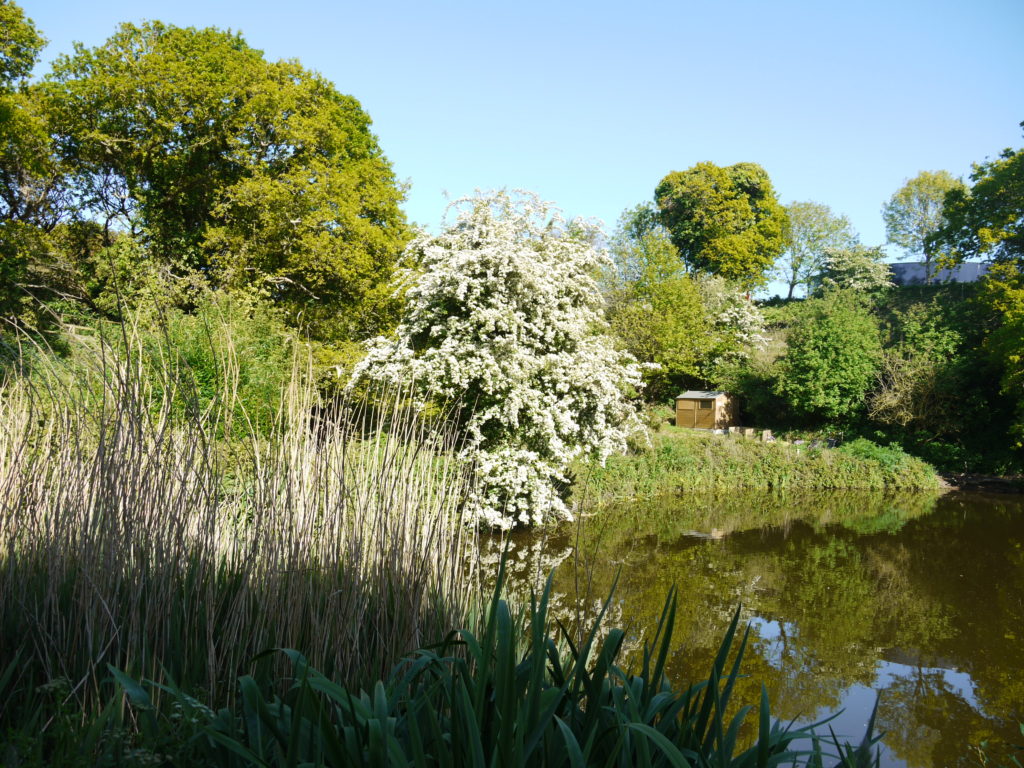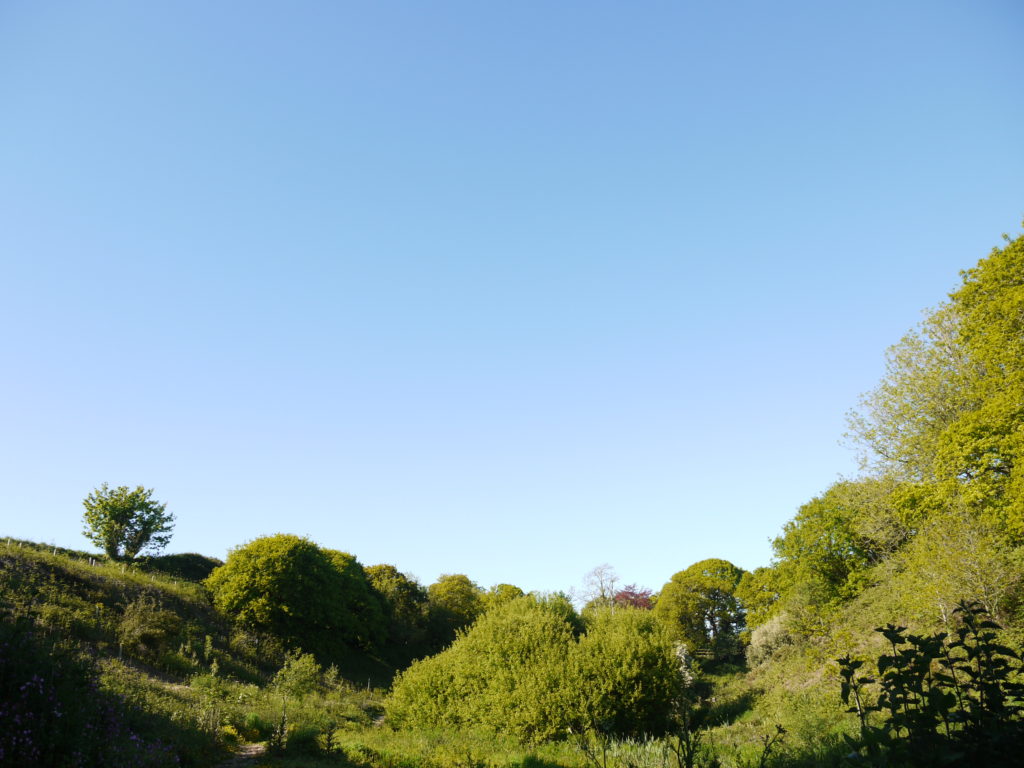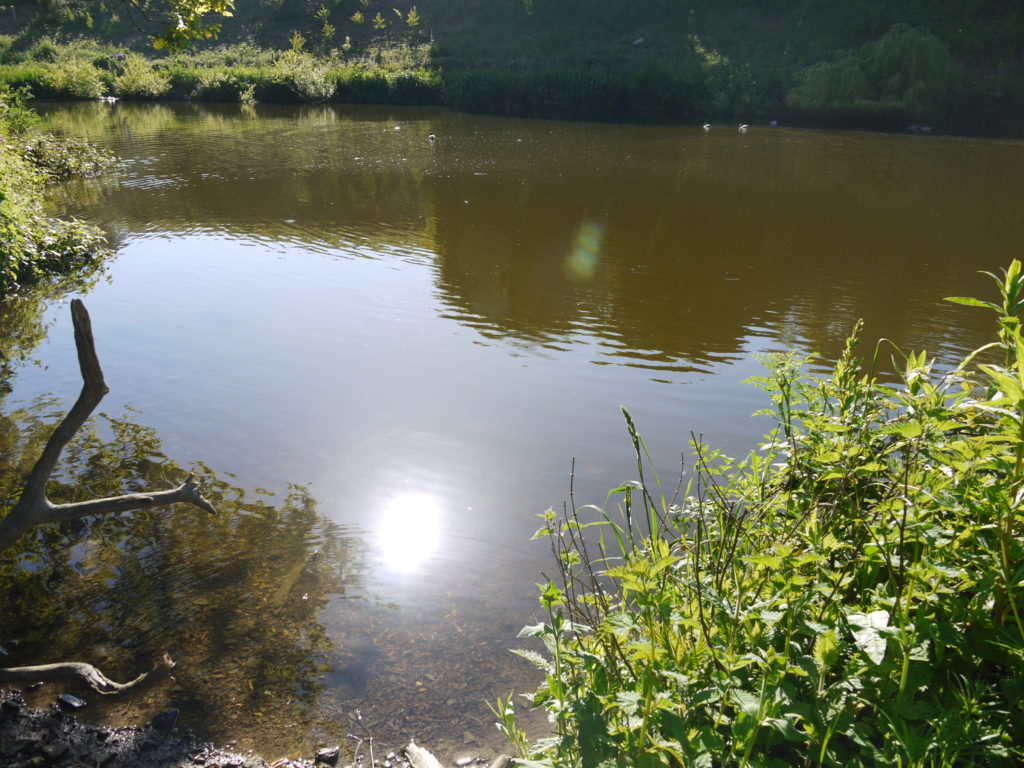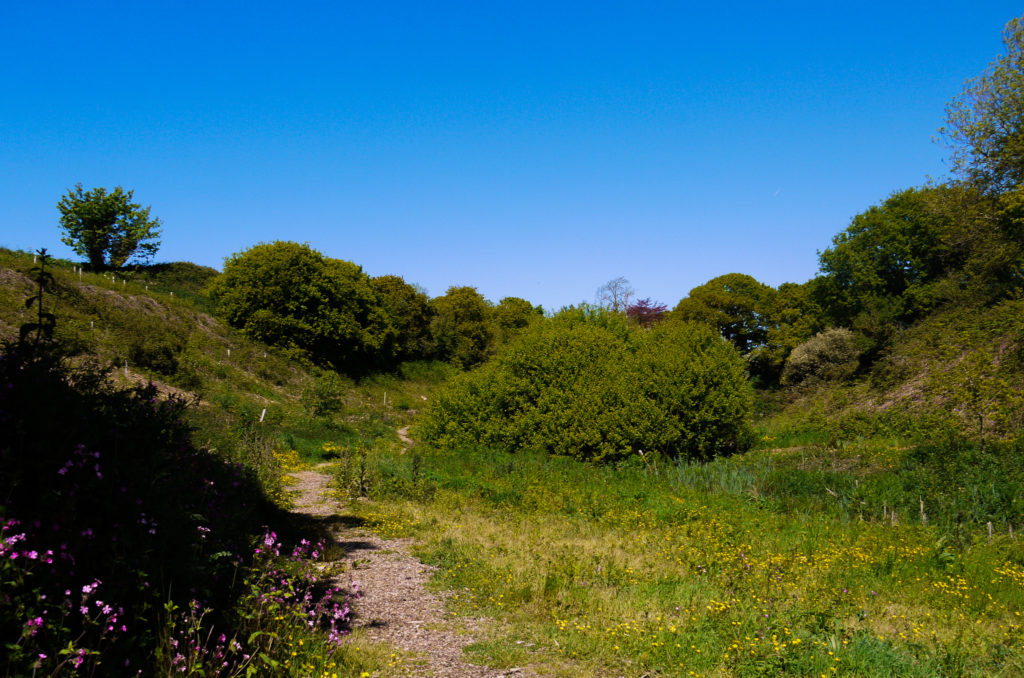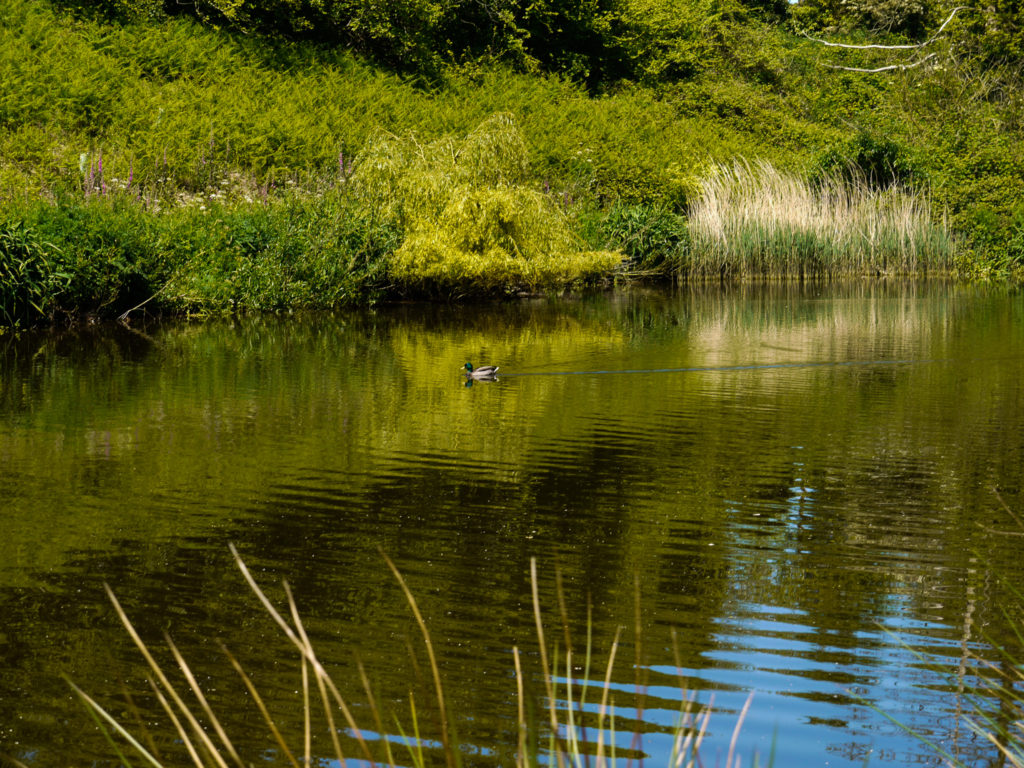Paul Virilio:


Paul Virilio is a French photographer, who was born and raised on the Northern coast of France. The Second World War created a big impact of his city, and impacted his personal life. His city was bombed and held captive by the German Navy. In 1958, Virilio conducted a phenomenological (he science of phenomena as distinct from that of the nature of being.) where he looked at military space and bunkers built by the Nazi’s during the Second World War.
“Historian of warfare, technology and photography, a philosopher of architecture, military strategy and cinema, and a politically engaged provocative commentator on history, terrorism, mass media and human-machine relations.” – Quite describing Virilio by two Geographers.
In the image above, the subject of the image is the bunker which is located in the centre of the frame, which is the main focus point of the image as my eyes are instantly lead there. My eyes then move towards the background which is empty, clearly presenting the formal element of space. This presents an eerie tone towards the image and presents the idea that the Bunkers are desolate and have not been used for a while. The bunker itself presents to formal element of texture and shape which are used to present and emphasise the contextual features of bunkers. The image itself is presented in black and white, which allows the image to show high tonal contrast, which shows how the Bunkers are almost worn out, as its been a long period of time since they where used in the second world war. A small depth of field is presented as the Bunker seems to be the subject most in focus, the background and grass in the foreground is slightly out of focus, which allows the viewers to mainly concentrate on the bunker. Moreover, the Bunker seems to be slightly lighter than the background which also makes the subject visually seem the most important in the image. The dark background is almost pathetic fallacy as it represents the depressing times the war brought to Jersey and represents the depressing reasons of the Bunkers. The image seems to be in focus, suggesting a quick shutter speed, and there is no intended blur which implies that a low ISO and a normal aperture was used to capture the image above. Contextually, the Bunkers where built by the Germans to protect themselves from other army’s and to make and reload their weapons. These Bunkers are located near the sea, allowing the Nazi’s to attack those trying to enter Jersey, moreover the bunkers where well hidden and hard to find. Conceptually, I believe Virilio was trying to present the aftermath of the war, and the marks it has made in certain locations, reminding us about the horrible times of the second world war. In my opinion I like the way Virilio has presented the bunkers as isolated and makes them seem ‘horrible’ reinforcing the idea that the bunkers where used for horrible purposes, making the image successful.
Jonathon Andrew:


Jonathon Andrew was born in Manchester and currently lives and works in Amsterdam. He has many years of experiences capturing multiple locations. He travels the world capturing different aspects of different places, with his work being displayed in magazines such as National Geographic. His current project is capturing ruins of WW2 defence, so far these images have been presented in the Daily Mail and multiple blogs. Due to his success he has won many awards for his photographs and has helped teach lectures to students on how to capture landscape photography.
To analyse the photograph above, the main focus point is the bunker which is located in the centre of the frame. This is presented not only by the positioning of the bunker in the frame, but also by having the Bunker lit up and the background being darker. The image is taken at night time which allows the technique of lighting up the bunker to stand out more. The bunker itself clearly presents the formal elements of space, texture, shape and line. This is presented by the bunker being ‘worn out’ and old helping to present the contextual factors of the image. Space is presented through the location of the bunker, the subject is the centre of the frame and the background and foreground is empty, which represents how the bunker has been isolated leaving nothing left. The subject of the image is in focus and the background of the image is slightly out of focus which shows a narrow depth of field, it also showcases a quick shutter speed as the image has a clear focus. This is further supported by the ISO being low as there is no intended blur, and the aperture is low. The lighting used seems to be natural, but the white light surrounding the bunker seems artificial. A back light could have been placed behind the bunker or could have been added using a photo manipulation software. Contextually, the image is presenting the same contextual factors as Virilio, which is: the Bunkers where built by the Germans to protect themselves from other army’s and to make and reload their weapons. These Bunkers are located near the sea, allowing the Nazi’s to attack those trying to enter Jersey, moreover the bunkers where well hidden and hard to find. Conceptually, the image is presenting the impact of the bunkers during the war and is showcasing how the bunkers have been isolated but kept to remind people of the horrors of the war. In my opinion this piece is eye opening as it reminds viewers of the horror of war, through the Beauty of the bunker in this image, which almost creates a Juxtaposition within the image, making the photograph strong providing my reasoning to why I find the image interesting and successful.
Action Plan:
As an action plan I want to produce a photoshoot where I capture Jersey’s bunkers in order to showcase another aspect of Jersey’s journey through the second world war. This will present the defence mechanisms that was put in place by the Nazi’s. I have been inspired to follow in a similar style to Virilio but edit my images more like Andrew’s work, creating a combination of both photographers work.


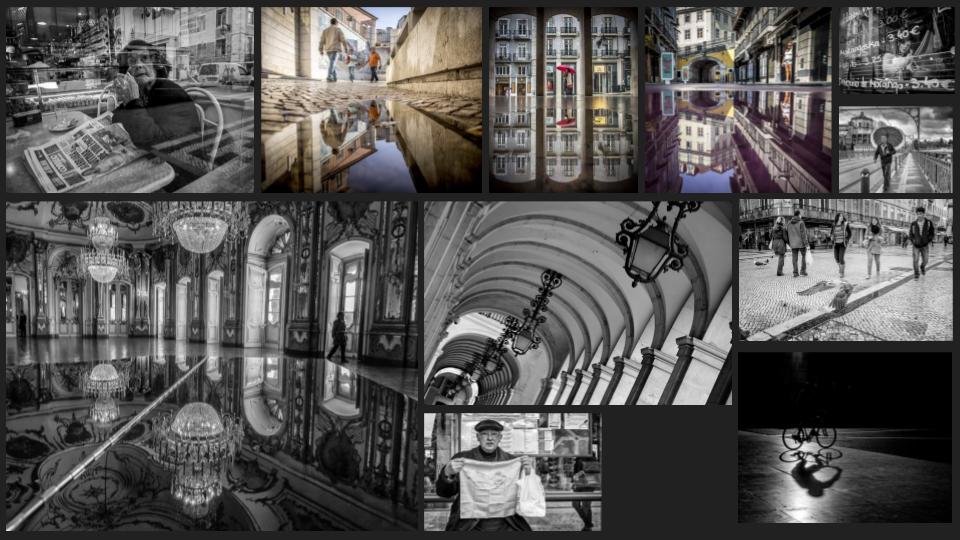



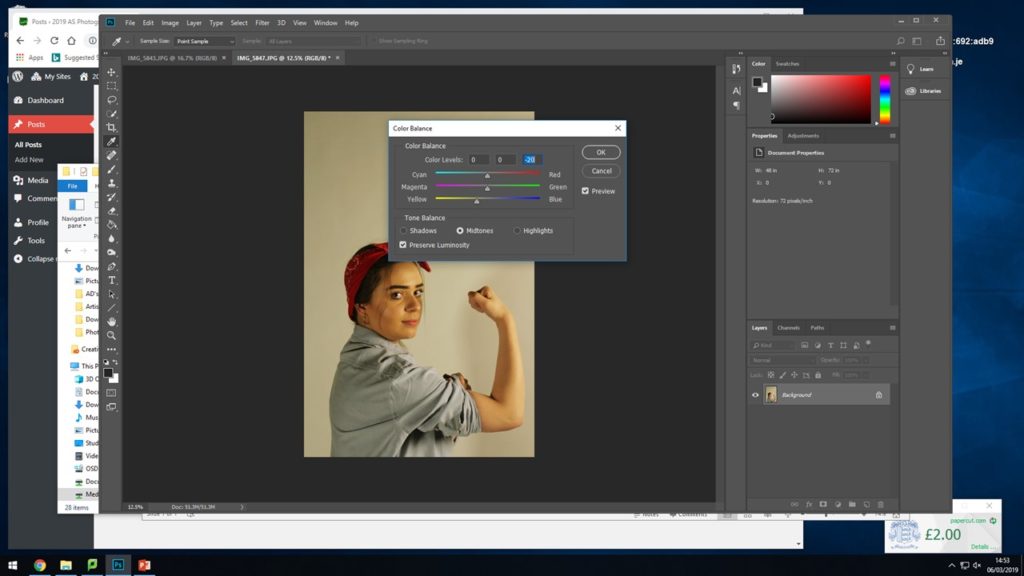
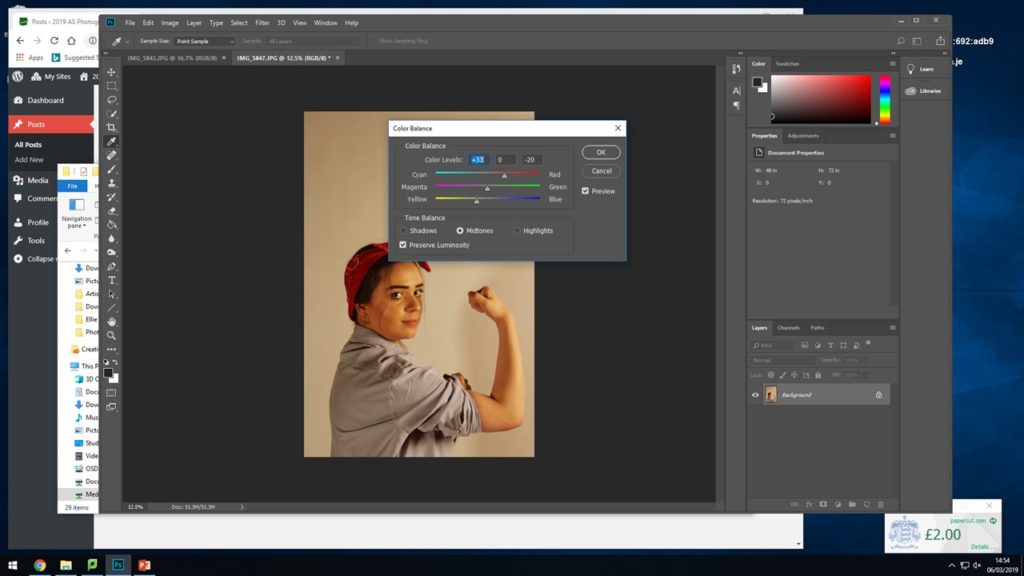
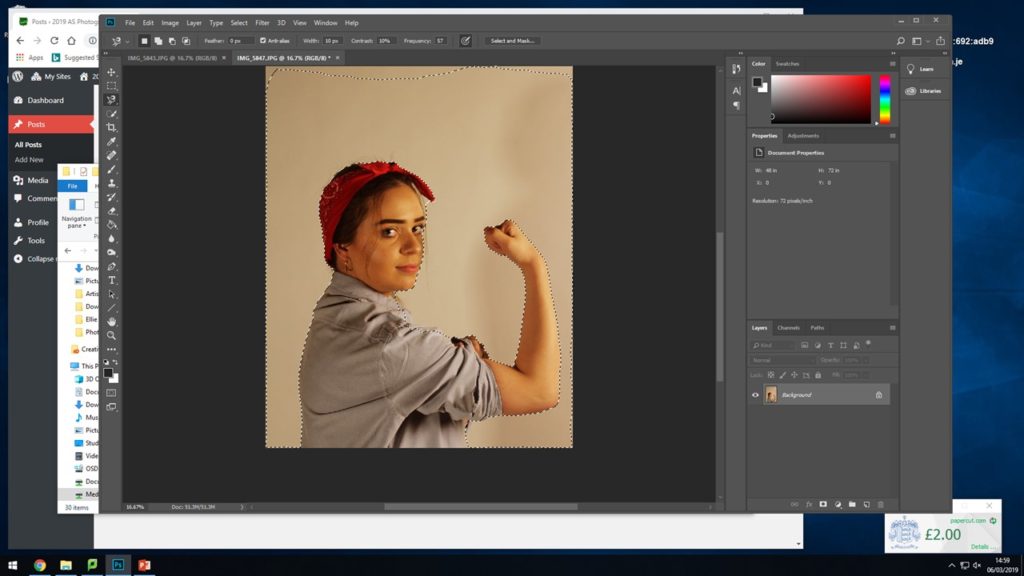
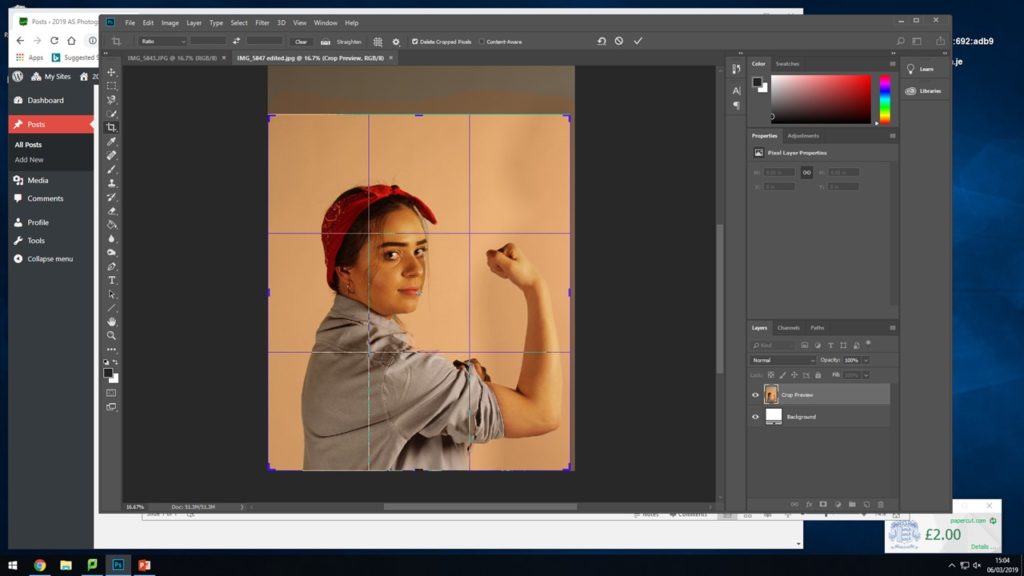


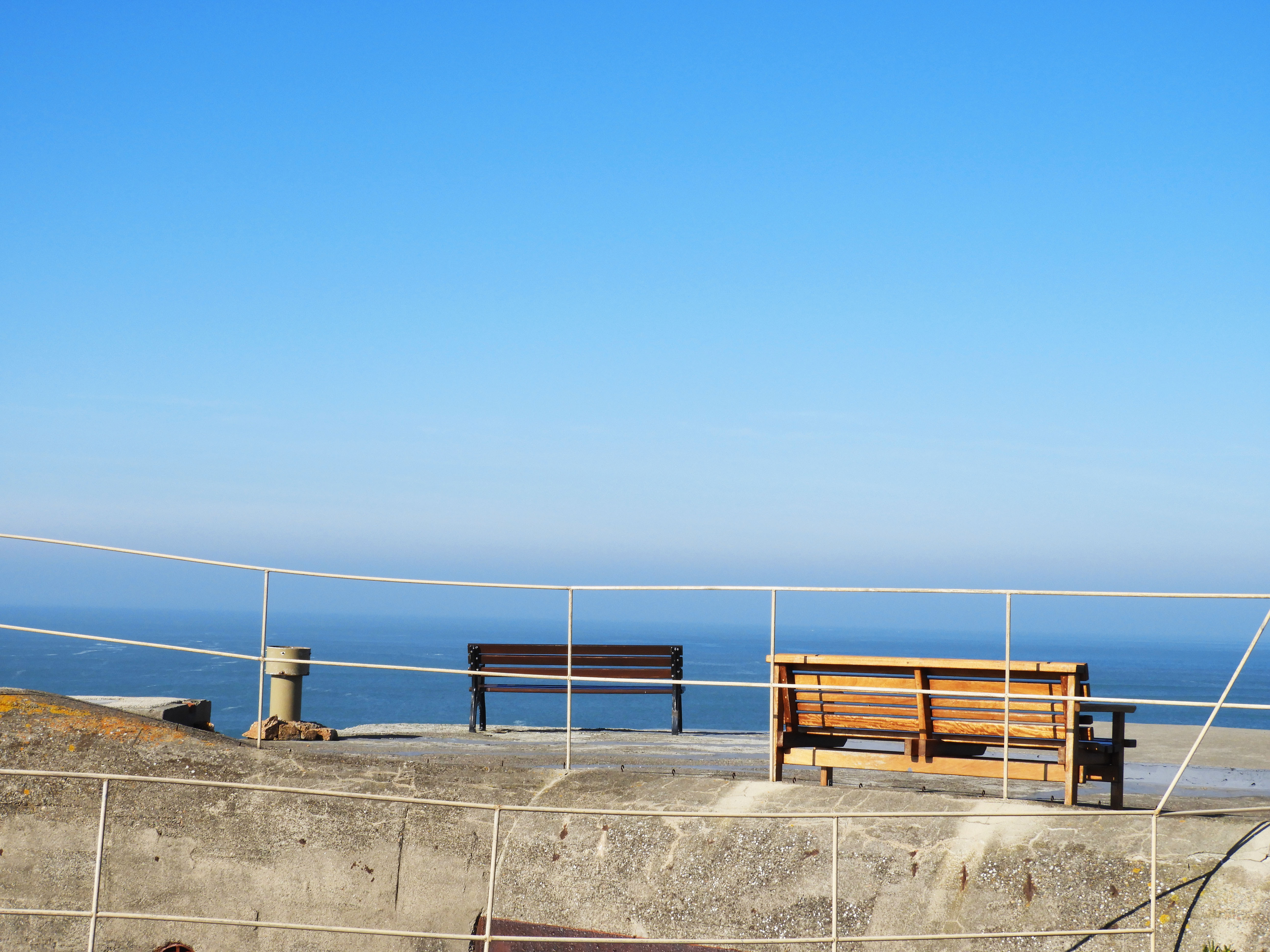


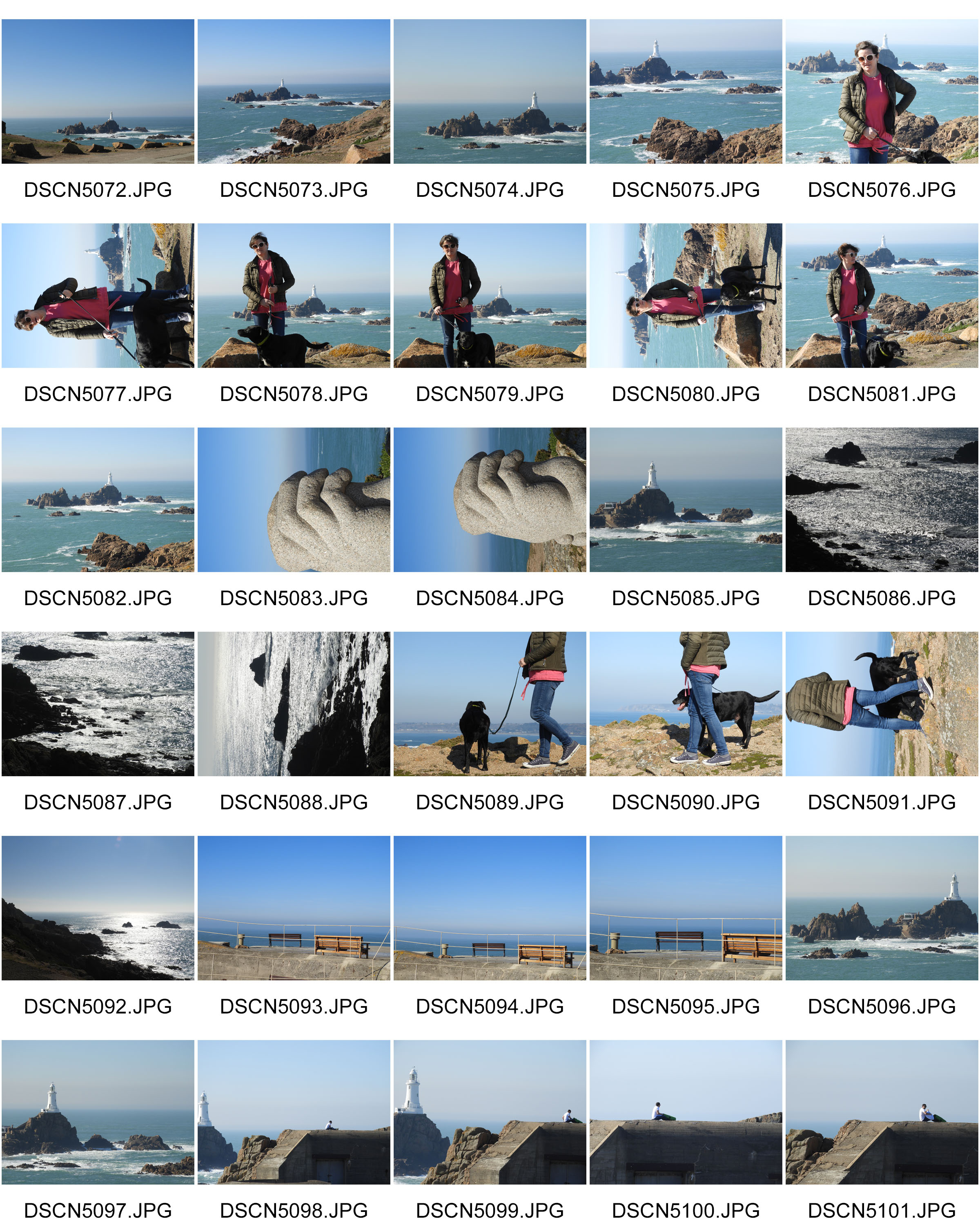
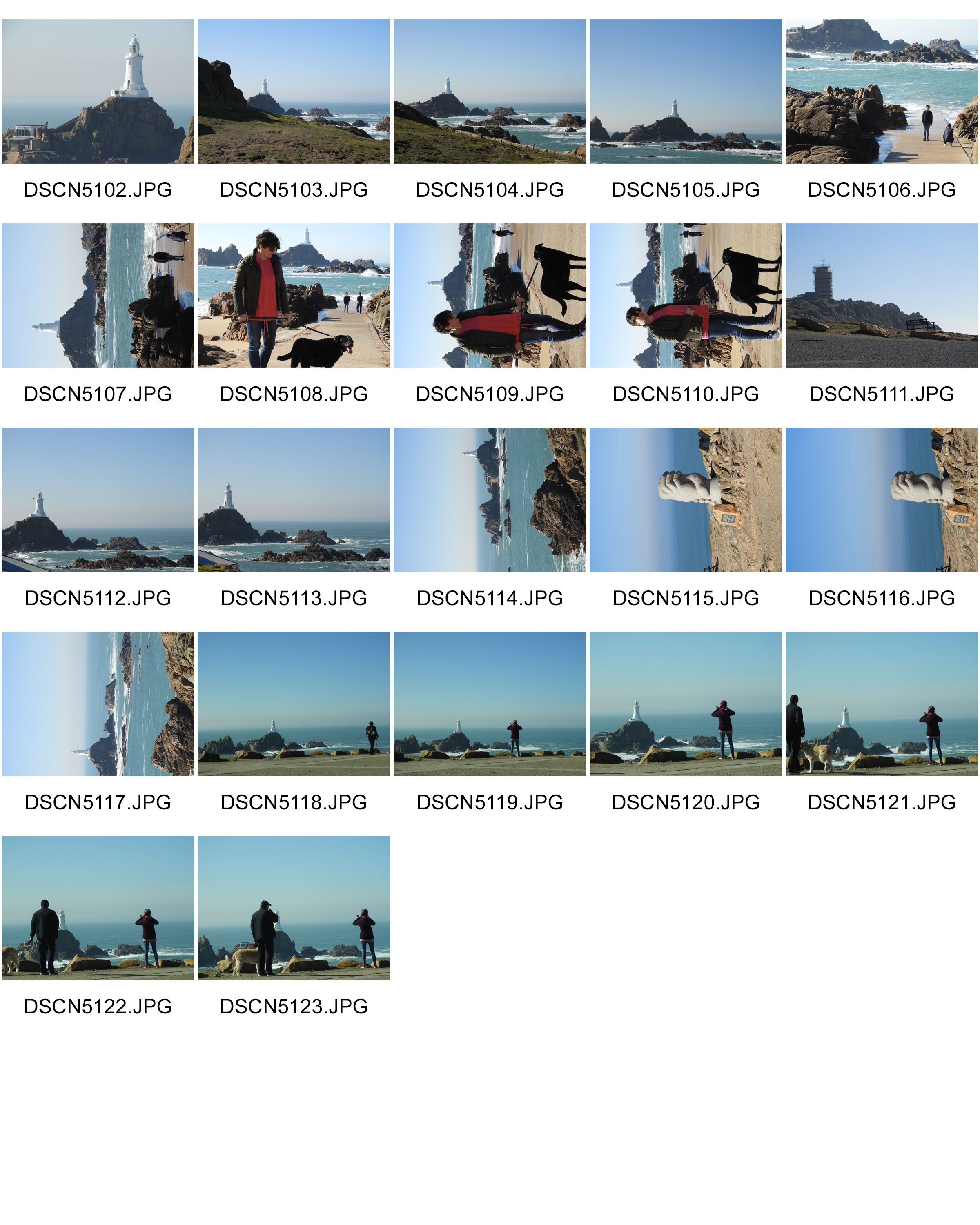





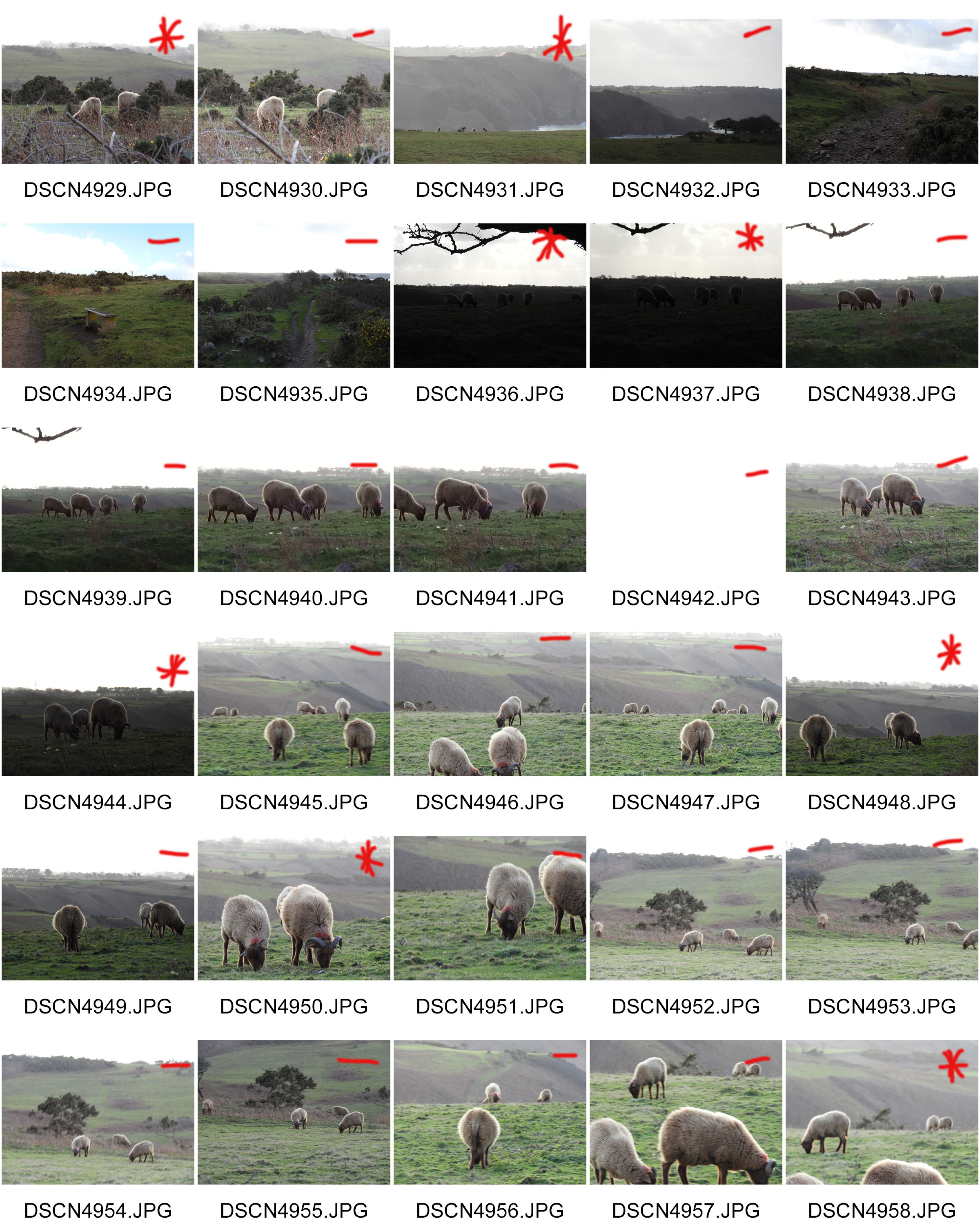

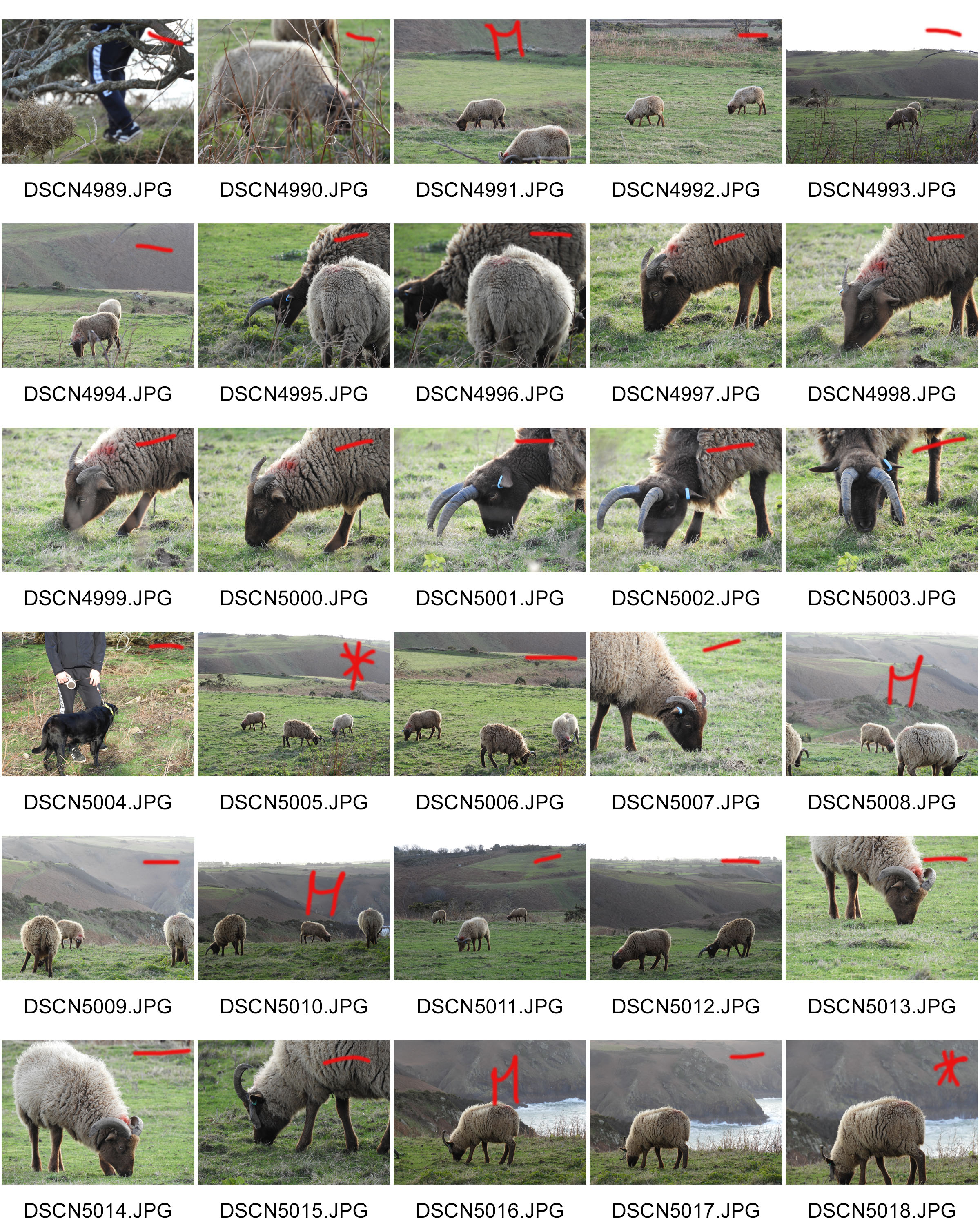
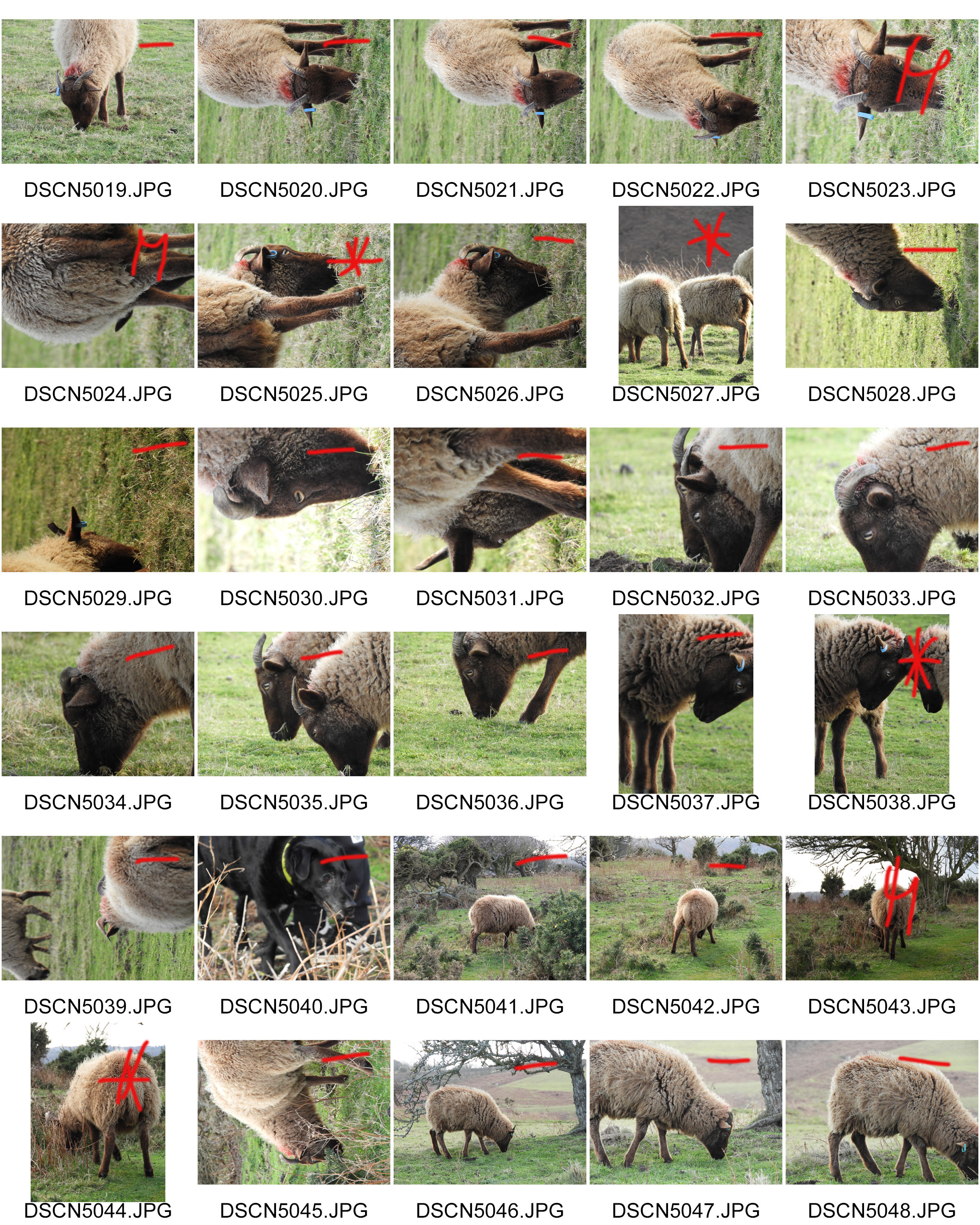
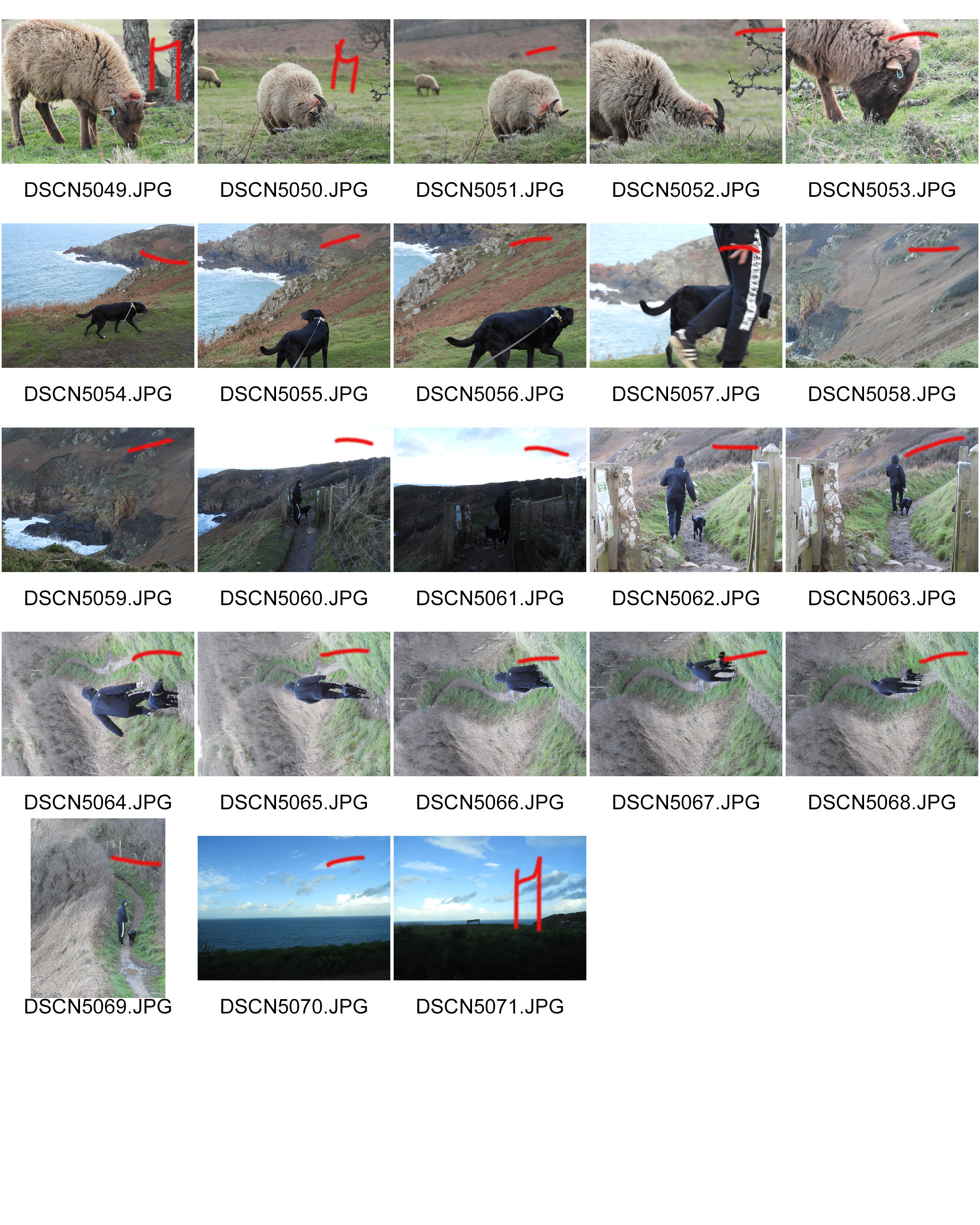
 IMAGE ANALYSIS:
IMAGE ANALYSIS:
 This image is called 'Sisters'. The first image was taken in 1980 and the second image was taken in 2013.
In both of the images natural lighting is used, however, in both of the images there is also a reflection of the buildings opposite. The focal point of the images are the three sisters, however you could also argue that the dramatic change of both the girls and buildings is also a focal point of the photographs. Although the white balance of the first image incorporates the cool tone of the purple, it can be arguable that the main tone of the image is a warm tone due to the intensity of the sisters vibrant red jumpers and the warmth of the bricks of the building. However, the second image can be seen to have a more muted and controlled white balance. The first image has a clear contrast to the second image with its intense saturation compared to the second image with its casual almost under-saturation. The second image is a lot crisper than the first image with it focused and un-grainy quality. The first image is a lot more grainy and unfocused than the first.
The contrast of the intensity and vibrancy of colour of both images can show multiple aspects such as the quality of the cameras, the concept of the images at the time and could also show how time has affected the girls approach to colour by the way they present themselves. The textures in both images are also contrasting, the first image is a lot more rough looking with the bricks and rough paintwork of the window, however the second image seems more smooth with the smooth wall and cleanly installed window. Line runs through both images from the lines in the windows, to the lines of the bricks, to the lines from the curtains in the first image.There are also lines from the building that are being reflected in the windows.
The windows could represent the separation the girls have from the outside world. Also, in the second image the women have a more somber expression on their faces which could represent how aging and growing up can be viewed as a negative aspect, and how childhood lures the girls into a sense of security and happiness. It could also display the girls innocence and how adulthood transform them into women, and how their experiences have influenced their outlook on life. Their clothes in the second image can be viewed as "toned down". This could represent how society has shaped them and manipulated them into believing what is acceptable to wear and what is not as their clothes in the first image is a lot more colourful as children aren't as pressurized to wear certain things and dress a certain way. In the second image, the woman on the far left is wearing a hijab. She wasn't weaing a hijab in the first image and this could represent how as she has grown up, her religion has forced her to look a certain way, or it could represent how she has become more dedicated towards her religion.
Left to right, Shehnaz Begum, her twin sister Rukhsana and their older sister Itrat were spotted sitting in the window of their house on Cromwell Road. 'We often used to perch in the window and watch what was going on in the road,' said Shehnaz. 'My twin sister and I were about seven and Itrat was nine. We loved riding our bikes with the other children in the street and were good friends with another set of twins. Mum said we were quite a handful'. The three sisters still live in Peterborough and see each other regularly. Shehnaz, who is divorced, has a daughter and looks after elderly and disabled people, together with her twin, who is re-married and has five children. Itrat works for the post office and is married with six children.
This image is called 'Sisters'. The first image was taken in 1980 and the second image was taken in 2013.
In both of the images natural lighting is used, however, in both of the images there is also a reflection of the buildings opposite. The focal point of the images are the three sisters, however you could also argue that the dramatic change of both the girls and buildings is also a focal point of the photographs. Although the white balance of the first image incorporates the cool tone of the purple, it can be arguable that the main tone of the image is a warm tone due to the intensity of the sisters vibrant red jumpers and the warmth of the bricks of the building. However, the second image can be seen to have a more muted and controlled white balance. The first image has a clear contrast to the second image with its intense saturation compared to the second image with its casual almost under-saturation. The second image is a lot crisper than the first image with it focused and un-grainy quality. The first image is a lot more grainy and unfocused than the first.
The contrast of the intensity and vibrancy of colour of both images can show multiple aspects such as the quality of the cameras, the concept of the images at the time and could also show how time has affected the girls approach to colour by the way they present themselves. The textures in both images are also contrasting, the first image is a lot more rough looking with the bricks and rough paintwork of the window, however the second image seems more smooth with the smooth wall and cleanly installed window. Line runs through both images from the lines in the windows, to the lines of the bricks, to the lines from the curtains in the first image.There are also lines from the building that are being reflected in the windows.
The windows could represent the separation the girls have from the outside world. Also, in the second image the women have a more somber expression on their faces which could represent how aging and growing up can be viewed as a negative aspect, and how childhood lures the girls into a sense of security and happiness. It could also display the girls innocence and how adulthood transform them into women, and how their experiences have influenced their outlook on life. Their clothes in the second image can be viewed as "toned down". This could represent how society has shaped them and manipulated them into believing what is acceptable to wear and what is not as their clothes in the first image is a lot more colourful as children aren't as pressurized to wear certain things and dress a certain way. In the second image, the woman on the far left is wearing a hijab. She wasn't weaing a hijab in the first image and this could represent how as she has grown up, her religion has forced her to look a certain way, or it could represent how she has become more dedicated towards her religion.
Left to right, Shehnaz Begum, her twin sister Rukhsana and their older sister Itrat were spotted sitting in the window of their house on Cromwell Road. 'We often used to perch in the window and watch what was going on in the road,' said Shehnaz. 'My twin sister and I were about seven and Itrat was nine. We loved riding our bikes with the other children in the street and were good friends with another set of twins. Mum said we were quite a handful'. The three sisters still live in Peterborough and see each other regularly. Shehnaz, who is divorced, has a daughter and looks after elderly and disabled people, together with her twin, who is re-married and has five children. Itrat works for the post office and is married with six children.





